Higher classification Hawthorn | Genus Crataegus Scientific name Crataegus laevigata Rank Species | |
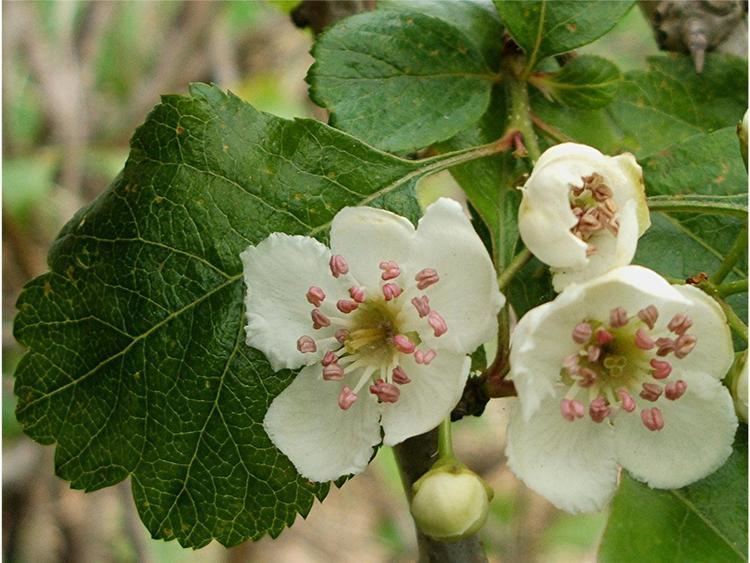 | ||
Similar Crataegus monogyna, Cornus sanguinea, Field maple, Euonymus europaeus, Tilia cordata | ||
Crataegus laevigata, known as the midland hawthorn, English hawthorn, woodland hawthorn or mayflower, is a species of hawthorn native to western and central Europe, from Great Britain (where it is uncommon, and largely confined to the Midlands) and Spain east to the Czech Republic and Hungary. It is also present in North Africa. The species name is sometimes spelled C. levigata, but the original orthography is C. lævigata.
Contents
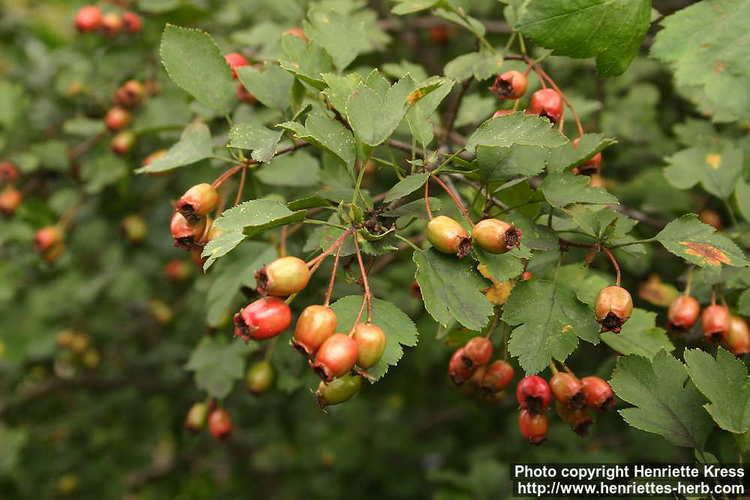
It is a large shrub or small tree growing to 8 m (rarely to 12 m) tall, with a dense crown. The leaves are 2–6 cm long and 2–5 cm broad, with 2–3 shallow, forward-pointing lobes on each side of the leaf. The hermaphrodite flowers are produced in corymbs of 6–12, each flower with five white or pale pink petals and two or three styles, and are pollinated by midges. The fruit is a dark red pome 6–10 mm diameter, slightly broader than long, containing 2–3 nutlets.
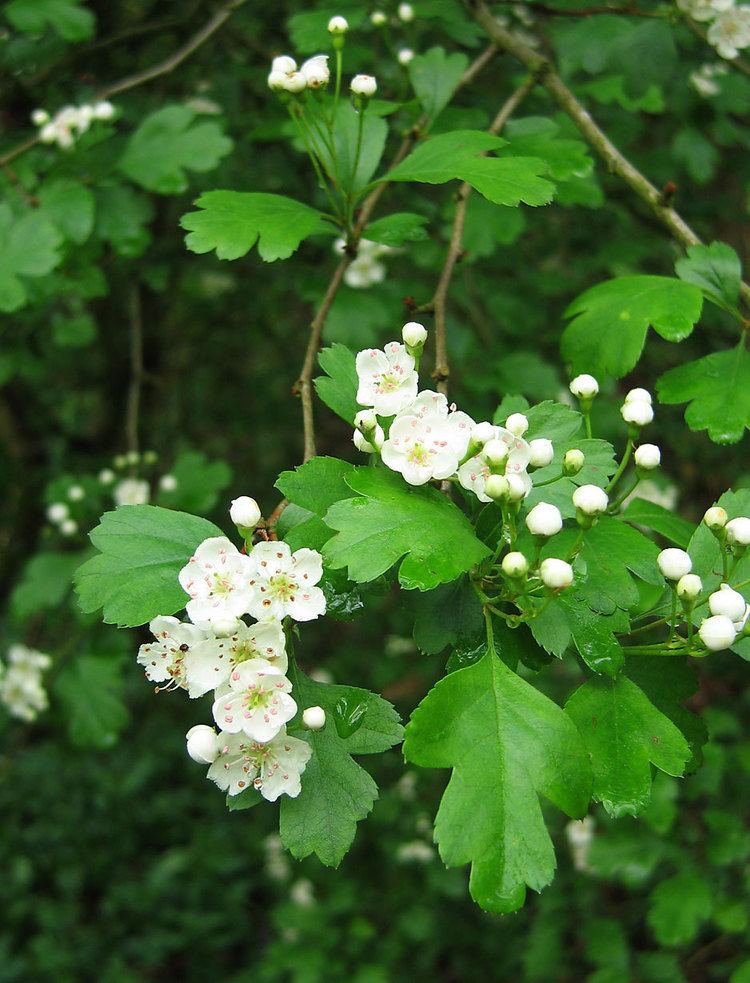
It is distinguished from the related common hawthorn, C. monogyna, in the leaves being only shallowly lobed, with forward-pointing lobes, and in the flowers having more than one style. However hybrids occur frequently.
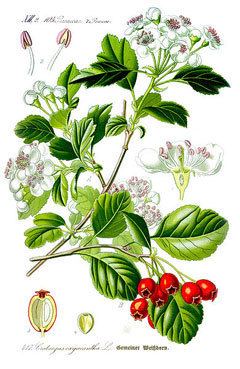
Taxonomy

In the past, midland hawthorn was widely but incorrectly known by the name C. oxyacantha, a name that has now been rejected as being of uncertain application. In 1753 Linnaeus introduced the name C. oxyacantha for the single species of which he was aware, but described it in such a way that the name became used for various species, including both the midland and the common hawthorn. In 1775 Jacquin formally separated the common hawthorn, naming it C. monogyna, and in 1946 Dandy showed that Linnaeus had actually observed a different plant, and this would be C. oxyacantha. However, by this time confusion over the true identity of C. oxyacantha was so great that Byatt proposed that the name should be formally rejected as ambiguous, and this proposal was accepted by the International Botanical Congress, although the name continues to be used informally.
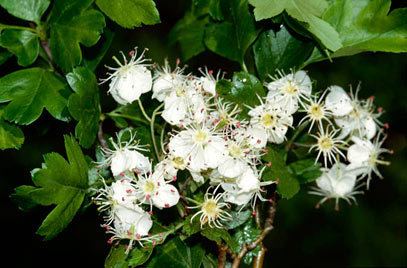
The midland hawthorn was described botanically as a separate species as long ago as 1798 by Poiret, whose name Mespilus laevigata referred to this hawthorn. Poiret's name is reflected in the revised formal botanical name of midland hawthorn: Crataegus laevigata (Poir.) DC.
Cultivars
'François Rigaud' has yellow fruit.
'Paul's Scarlet' (double red flowers) and 'Rosea Flore Pleno' (double pink flowers) have both gained the Royal Horticultural Society's Award of Garden Merit. These cultivars are considered by taxonomists to be derived from hybrids between C. laevigata and C. monogyna, within the named hybrid species C. × media.
